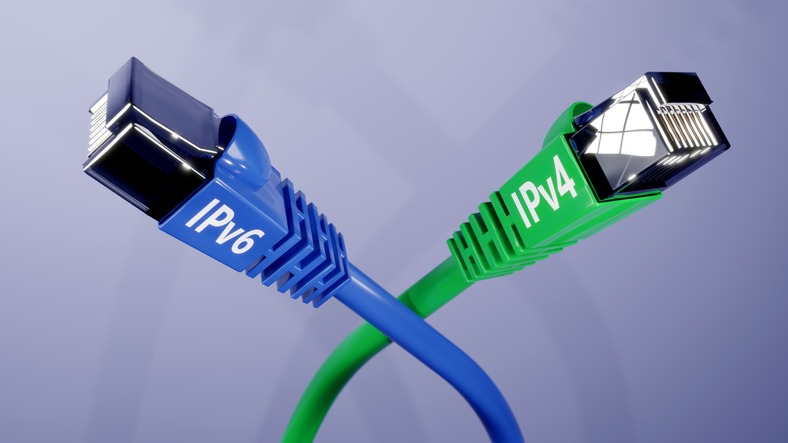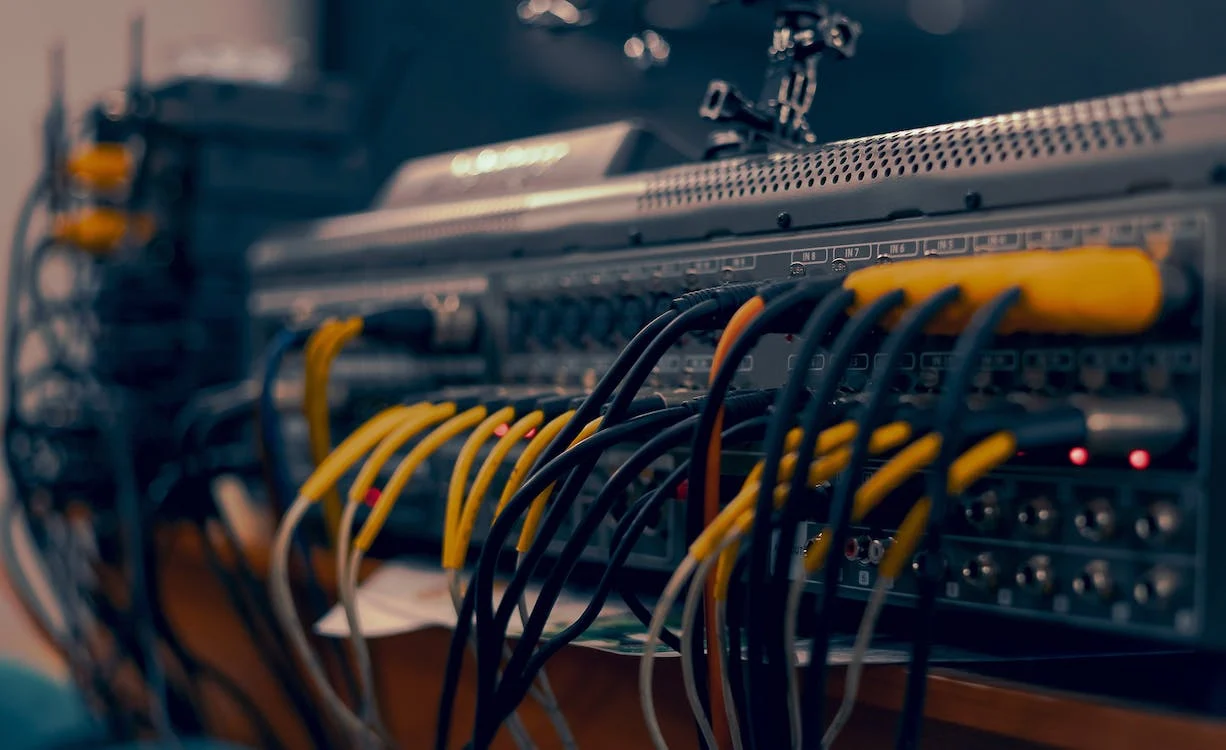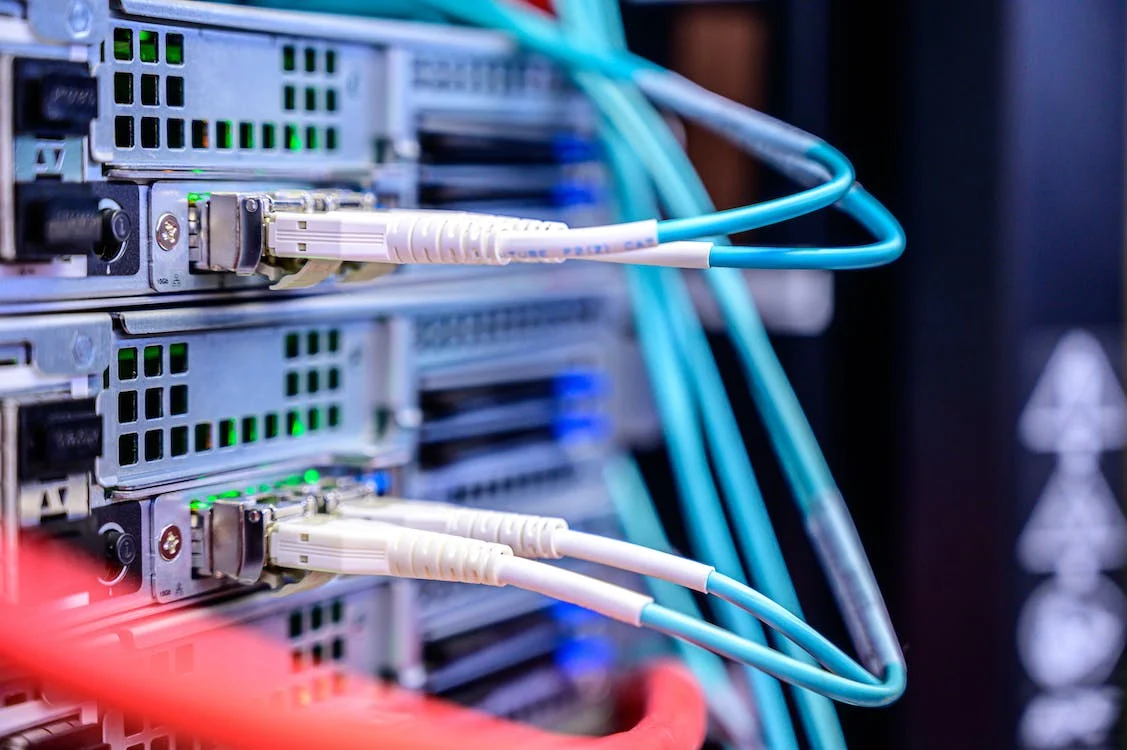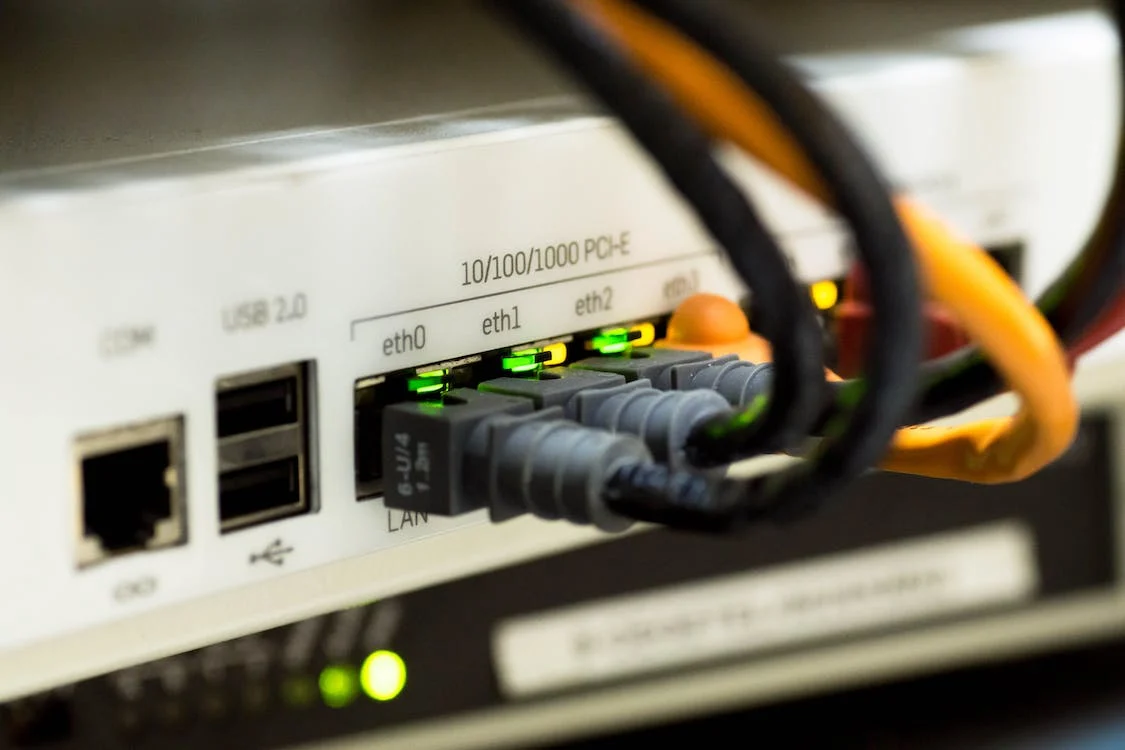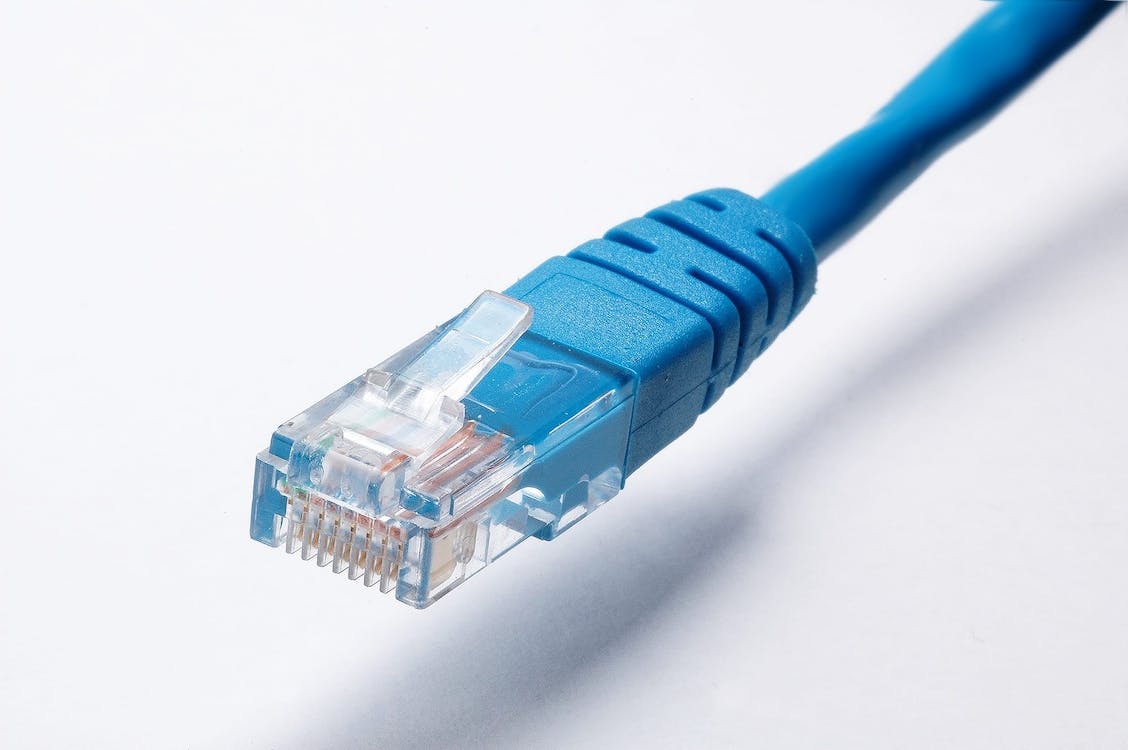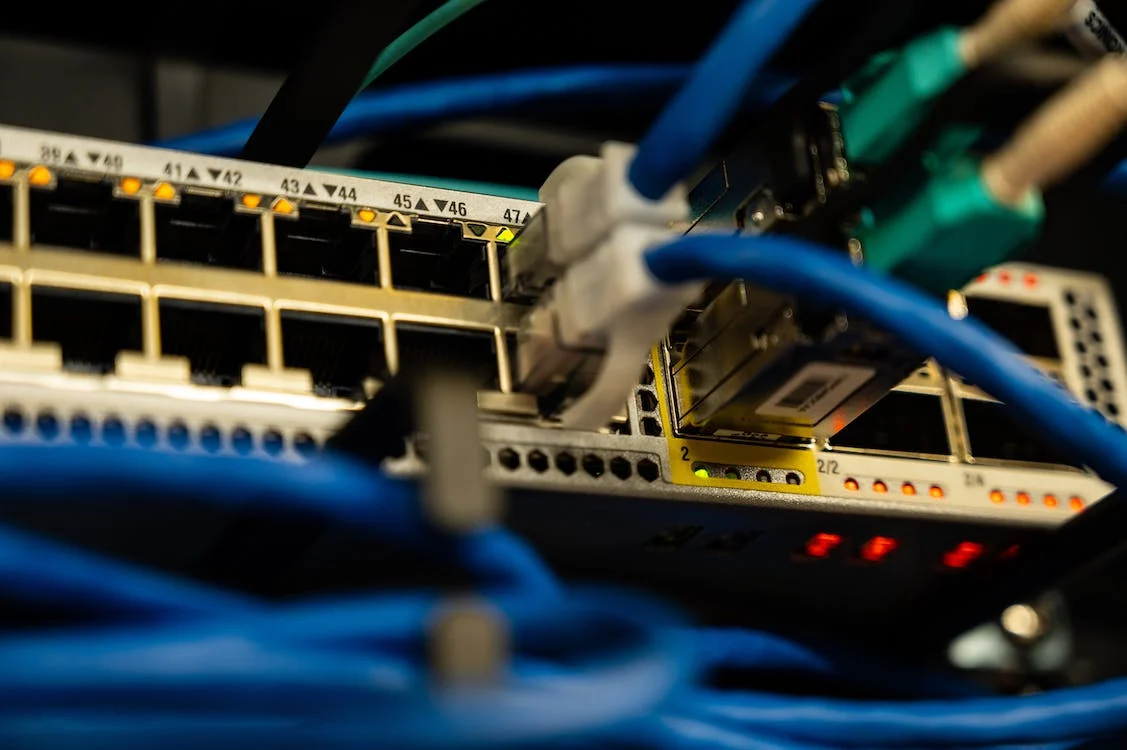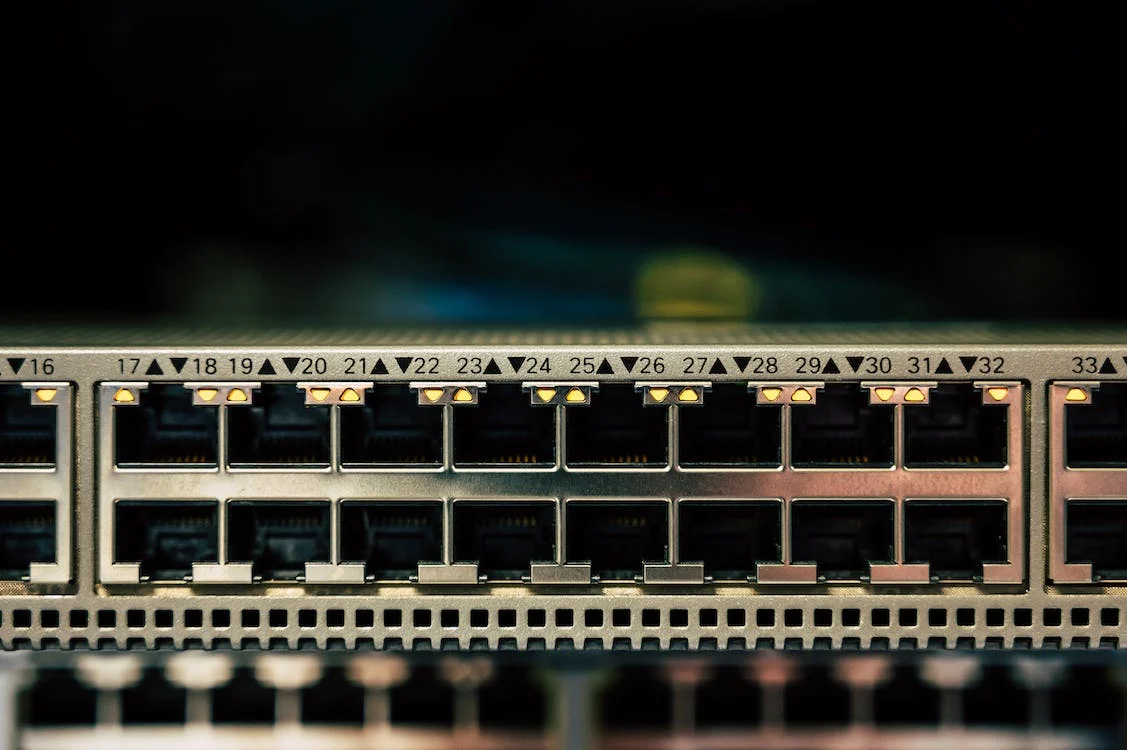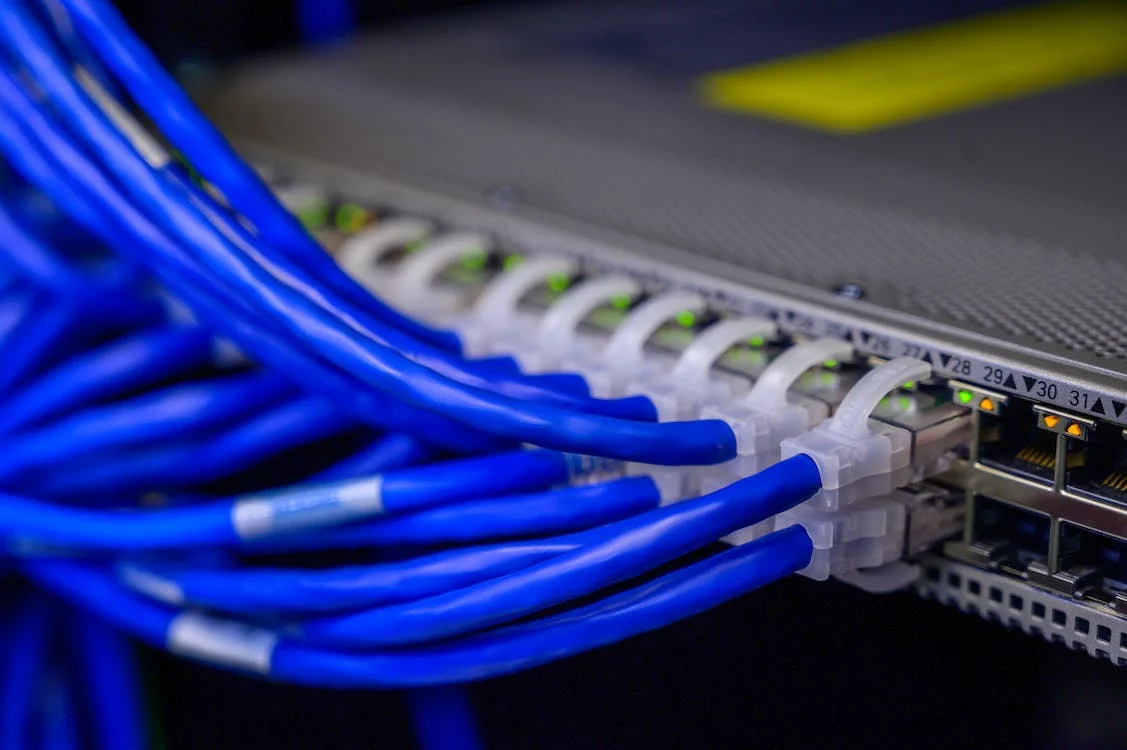Networking Technology: IPv4 vs IPv6
The differences between IPv4 and IPv6 might seem insignificant but contribute majorly to their applications. It’s important to first understand what an IP is. What is IP? An IP address, also known as an Internet Protocol address, is how a computer identifies the devices it communicates with. Each device has a unique … Read more

